Whether you've decided on a baby led weaning approach, or you're still exploring your options, one of the most common questions is, "Is baby led weaning safe?" Today I'm answering that question, and sharing safety guidelines you should always follow with baby led weaning.
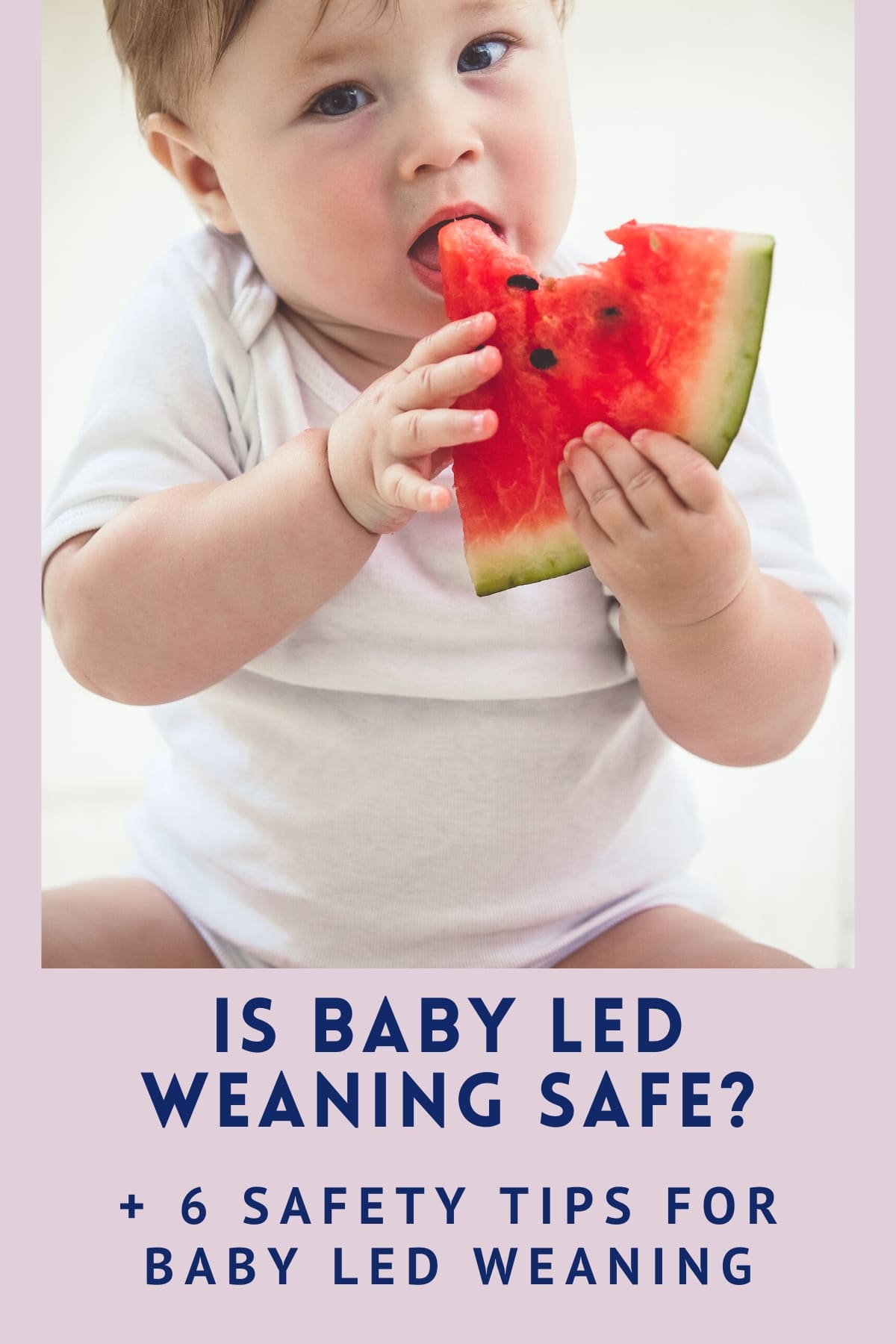
No matter the feeding method chosen, many parents (and often well-meaning in-laws) are nervous about the start of solids with their little ones. This is especially true with their first time parents. And I get it! It's a new skill to learn, and our precious babies seem so fragile at that age. If you're thinking about trying baby led weaning but you're questioning the safety, you're not alone. One of the most common concerns is whether baby led weaning is safe. My own mom was super nervous when I started baby led weaning! Here's why you don't have to worry.
Jump to:
Is Baby Led Weaning Safe?
If you're set on baby led weaning (or still weighing the options), rest assured. Baby led weaning is completely safe for babies!
The main safety concern for most parents is the risk of choking, which we'll discuss below. I'll also share some safety tips to ensure you're always practicing baby led weaning safely.
Is There A Higher Risk of Choking With Baby Led Weaning?
Choking is probably the number one concern for parents of babies starting solids, but research shows that there is no more of a risk of choking in BLW babies than traditionally weaned babies when supervised and given appropriate foods. In fact, BLW weaning babies may have less risk of choking, according to one study.
Gagging, while not dangerous like choking is, can still be scary to parents. Babies following a baby led weaning may appear to gag more at around 6 months, but gag less at 8 months than spoon fed babies. Regardless of feeding method, parents should always provide foods that do not pose a choking risk and make sure the feeding environment is safe and supervised.
Safety Precautions To Take With BLW
While baby led weaning is totally safe, you still have to make sure you're doing it safely. The same goes for traditionally weaned babies. Here are some safety rules to always follow when you give your baby solids:
- Never leave baby alone with food. This is the number one safety rule when feeding any baby. An adult should always be present when baby is eating. (The great thing about baby led weaning is that baby can participate at meal times with the family!)
- Wait until baby is developmentally ready to start solids. This usually means delaying until at least 6 months of age. (Read more about signs baby is ready to start solids.)
- Always make sure baby is sitting upright when eating, never leaning back. Baby should always be in a high chair unless he/she is sitting upright in your lap.
- Never put food in baby's mouth. He or she must be in control of pace and amount of food eaten. It is okay to load a spoon and hand it to baby or hold out a piece of food for him or her to grasp.
- Always make sure food is an appropriate texture. Food should be soft enough for baby to mash with the tongue on the roof of the mouth. You can test this by squishing the food between your thumb and forefinger. Foods that cannot be mashed must be large and fibrous enough that baby cannot break off pieces in his or her mouth (for example, strips of meat). Once baby has teeth, you should stop offering harder foods that baby is able to bite pieces off of. Avoid offering foods that form a crumb in the mouth, such as dry crusty bread, or foods that form a ball in baby's mouth, such as moist store-bought white bread.
- Make sure food is an appropriate shape. Initially, pieces of food should be at least as long as the baby's fist. (I like to make food the size and shape of my pinky finger.)
Be sure to review unsafe foods for babies that are common causes of choking to avoid a choking accident, regardless of weaning method!
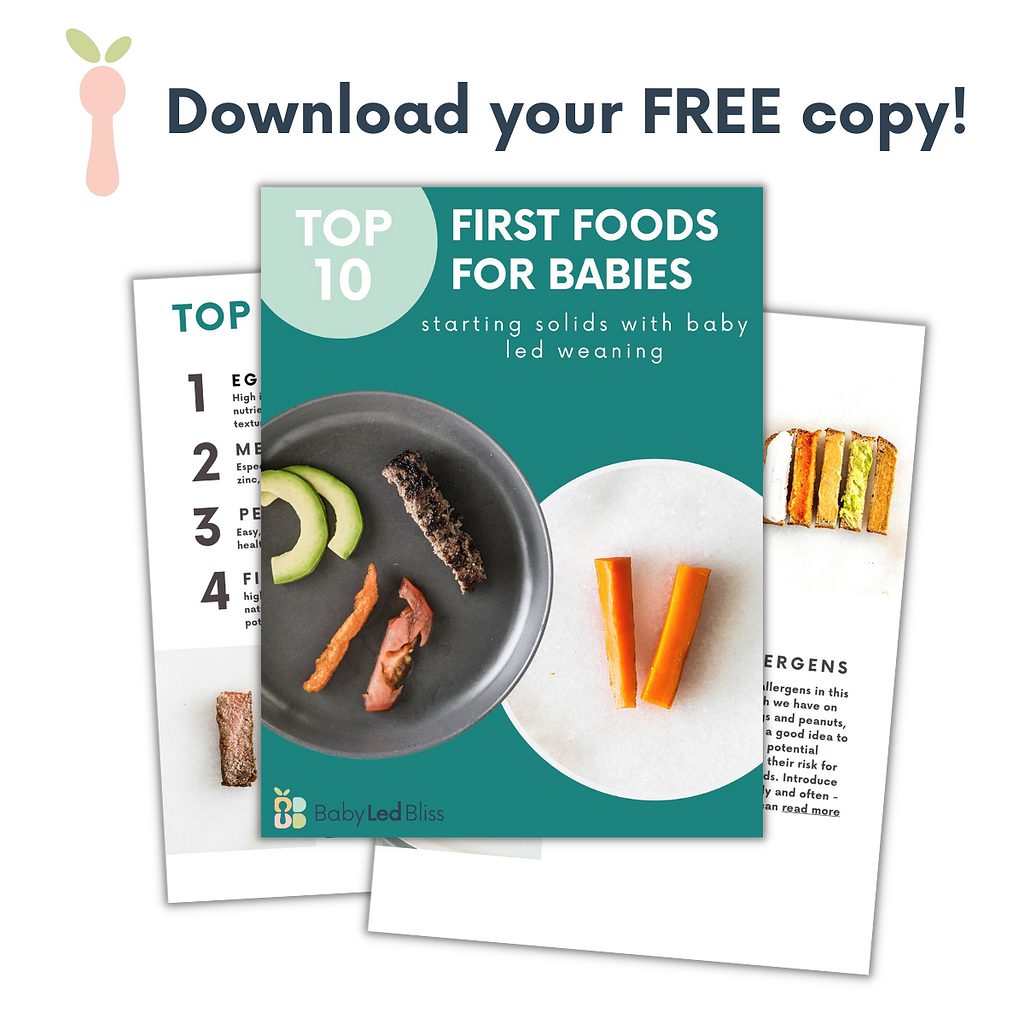

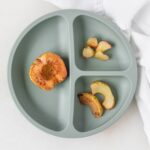

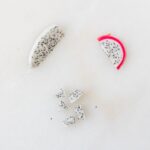
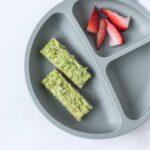
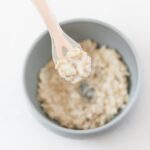



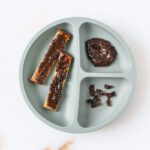
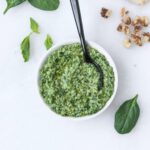


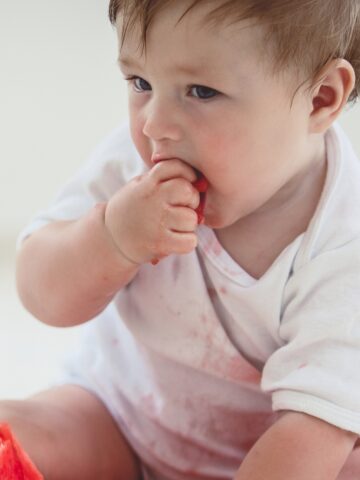
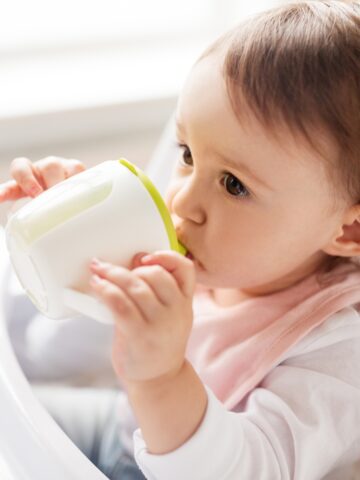
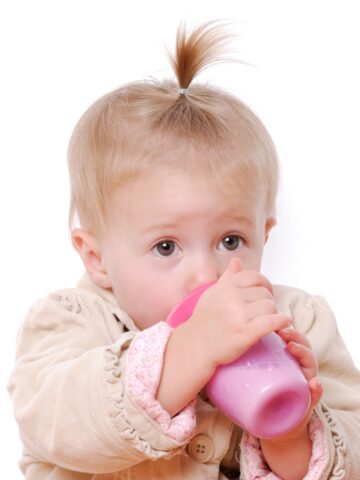
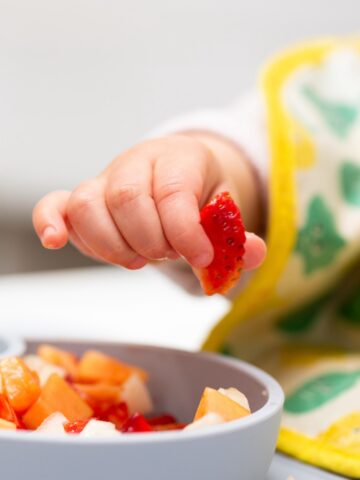
Leave a Reply